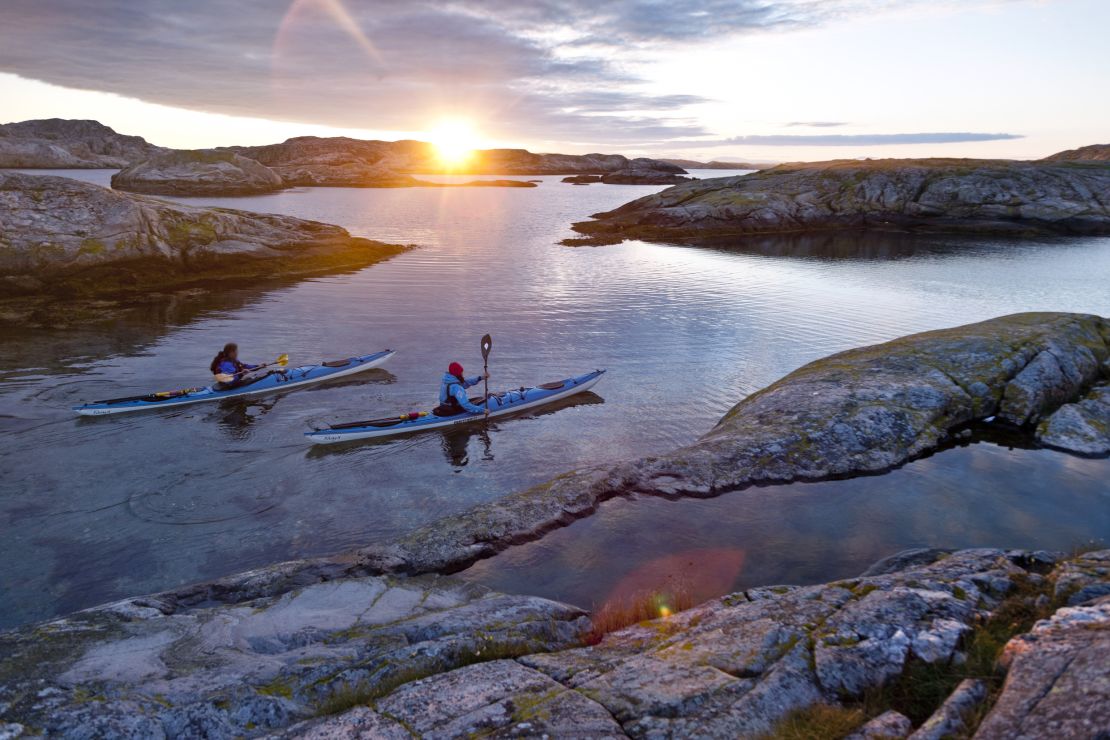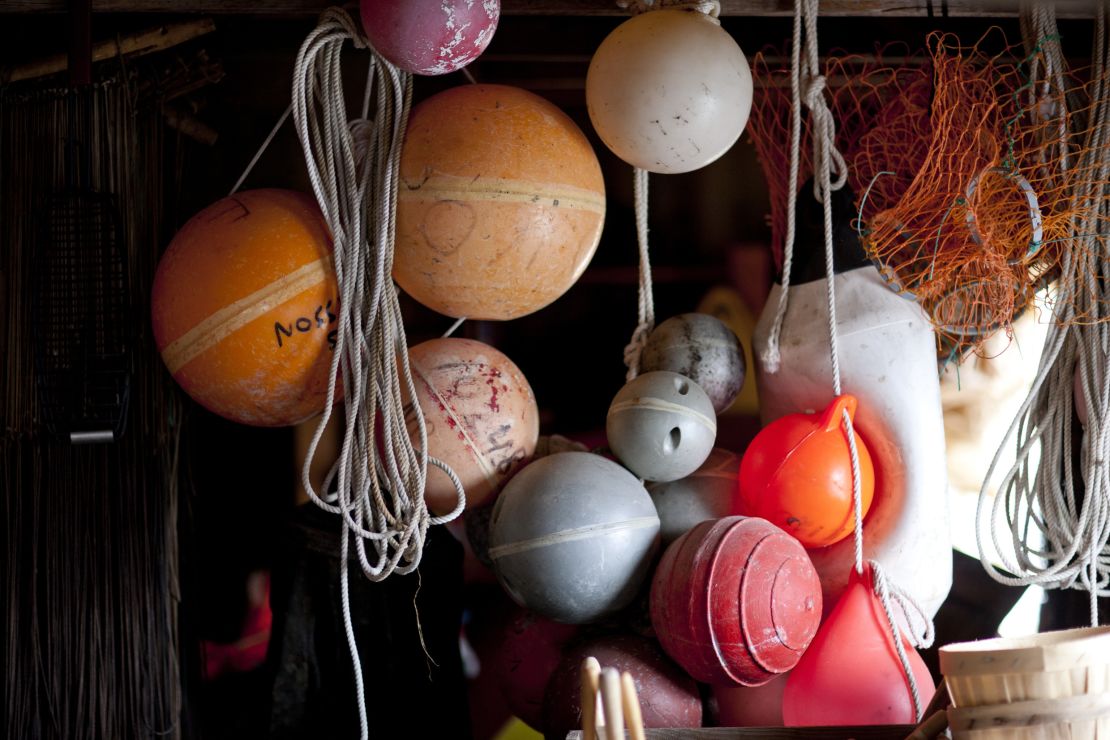Story highlights
With 8,000 islands, Sweden's Bohuslän region is best explored by kayak
Fresh seafood is also part of draw
Seals, reindeer and mink are among wildlife
Gothenburg is a good place to get a taste of fika -- Swedish coffee culture
Bohuslän might not trip off the tongue, but with its 8,000 islands, many wild and uninhabited, the Swedish coastal strip is a paradise for kayakers – or for anyone seeking high-grade solitude.
The Swedes come in droves (around half a million last year) and international visitors are on the rise – more than 200,000 foreigners annually so far, many from neighboring Norway and the UK.
They’re on to a good thing – with its clean water and air, more pretty fishing villages than you could stuff in a postcard rack and countless wriggling nets-worth of seafood, this is a pristine piece of Europe.
Stretching from Gothenburg in the south to the border with Norway, it’s large enough that you can easily get away, paddling or otherwise, from crowds – even in summer.
You’d be missing out to head to the Bohuslän Coast and – regardless of your ability – not jump in a kayak (rather than a canoe, which are more suited to Sweden’s lakes than coastal waters).
Read more: 10 things to know before visiting Sweden
For starters, there are no strong currents or dangerous tidal waters here.
Thanks to the Gulf Stream, the water is warm and the islands mostly easy to get to.
Plenty of sheltered coves let novice paddlers practice, while the more experienced paddlers can head out to the North Sea.

Born in a boat
Many Swedes appear to have been born in a kayak.
Around Bohuslän, kayakers cluster in the car-free Koster Islands in the Kosterhavet, Sweden’s first marine national park.
Popular, too, are the rocky islands of the Fjällbacka archipelago, the Weather Islands (Väderöarna), Sweden’s most westerly, and the larger islands of Orust and Tjörn.
Read more: How to see Stockholm like Stieg Larsson
Some of the islands have guesthouses or, thanks to the country’s freedom-to-roam law, you can pitch your tent and hike pretty much wherever you like (bar some protected spots).
Reindeer, mink and seal are among the animals you might encounter in this still wild place – plus ever-present seabirds.

Flying in
Most overseas visitors fly into Gothenburg.
Once dominated by its industrial seaport, Sweden’s second-largest city is now an increasingly lively and cosmopolitan place.
It’s worth spending a day or two here to visit Scandinavia’s largest amusement park, Liseberg, or to get a taste of Swedish coffee culture – the famous fika.
A recommended stopping place as you drive up the coast is Fjällbacka, a fishing village about an hour and a half north of Gothenburg.
It’s an undeniably pretty place – any cloying potential is offset by the fact that resident crime writer Camilla Läckberg sets her grisly murders here.
Read more: How to build a Swedish ice hotel
A short drive further north is Grebbestad, where 90% of Sweden’s oysters come from.
There are plenty of opportunities in the bars and restaurants around town to test legendary French chef Paul Bocuse’s assertion that Sweden’s oysters are the best in the world.
You can visit WestSweden.com for more information on planning a trip to Bohuslän.
Kayak guides will show you around the islands.Christina Ingemarsdotter (christinaingemarsdotter@hotmail.com; +46 707 332 240) charges $390 for a wild camping and kayaking trip, per person, for two nights and three days, including instruction, food, equipment and kayaks.















